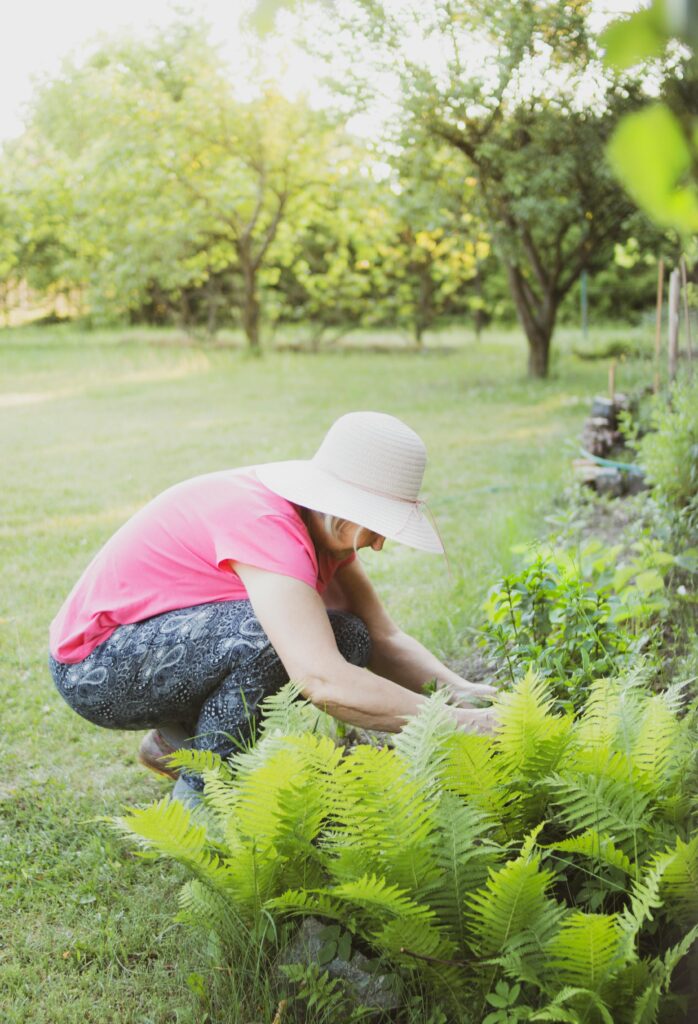Mastering Garden Design: A Beginner’s Guide to Cultivating Beauty and Sustainability

Gardening is not just a hobby; it’s an art form that combines creativity with science. Whether you have sprawling acres or a modest balcony, tending to gardens offers a path to creating your own slice of paradise.
Let’s unravel the mysteries of gardening, guiding you through each step of creating gardens that look beautiful and thrive.
Vegetable Gardening: Your Own Produce Aisle
Imagine stepping outside to gather ingredients for dinner. Vegetable gardening is both rewarding and practical, offering fresh produce right at your doorstep. Start with easy-to-grow vegetables like tomatoes, peppers, and leafy greens. Key factors include:
- Soil Quality: Enrich your soil with organic matter and ensure it is well-drained.
- Sunlight: Most vegetables thrive in full sun, requiring at least 6 to 8 hours daily.
- Watering: Keep soil consistently moist, especially during dry spells.
Flower Gardening: A Symphony of Colors
Flowers are the heart and soul of many gardens, providing color, fragrance, and beauty. From annuals that bloom all summer to perennials that return each year, the variety is endless. Tips for success:
- Choose Right: Select flowers that match your garden’s sun exposure and soil type.
- Planting: Space plants according to their mature size to avoid overcrowding.
- Maintenance: Regular deadheading will encourage more blooms.
Herb Gardens: Culinary Delights
Herbs are some of the easiest plants to grow and offer a delicious payoff. Whether in ground or containers, herbs like basil, mint, and rosemary require minimal care but deliver maximum flavor. Essentials include:
- Location: Most herbs prefer full sun and well-drained soil.
- Watering: Water herbs at the base to avoid wetting the foliage, which can lead to disease.
Container Gardening: Big Dreams, Small Spaces
Don’t let a lack of space curb your gardening dreams. Container gardening allows for creativity and flexibility, enabling you to grow a variety of plants in limited spaces. Key considerations:
- Container Choice: Ensure adequate drainage to prevent root rot.
- Soil: Use high-quality potting mix for healthy plant growth.
Landscape Design: Crafting Your Garden Canvas
Landscape design is about creating a cohesive and functional outdoor space. Begin with a plan, considering the size of your garden, the types of plants you want to include, and how the space will be used. Elements to incorporate:
- Pathways: Direct movement and add structure.
- Focal Points: Use plants, structures, or water features to draw the eye.
Garden Maintenance: The Key to Longevity
Regular upkeep ensures your garden remains healthy and vibrant. This includes:
- Weeding: Regular removal of weeds prevents them from competing with your plants for nutrients.
- Mulching: Helps retain soil moisture and suppress weeds.
Pest and Disease Control: A Proactive Approach
Keeping your garden free of pests and diseases is crucial. Use organic methods whenever possible, such as encouraging beneficial insects and practicing crop rotation.
Composting and Soil Improvement: The Foundation of a Healthy Garden
Compost adds essential nutrients back into the soil, improving its structure and fertility. Starting a compost pile is simple and can be done with kitchen scraps and yard waste.
Water-Saving Gardening: Every Drop Counts
Implement water-saving techniques such as drip irrigation, mulching, and choosing drought-resistant plants to make your garden more sustainable.
Garden Structures: Adding Character and Functionality
Structures like pergolas, trellises, and garden beds can add both aesthetic appeal and practical function to your garden. They can support climbing plants, create shaded areas, and organize space effectively.
By exploring these foundational aspects of gardening, you can transform any space into a thriving garden oasis. Whether you’re growing a bounty of vegetables, a fragrant flower garden, or a compact container display, the key is to start small, learn as you go, and enjoy the process. Gardening is not just about the end result—it’s about the joy and relaxation found in tending to your garden day by day.